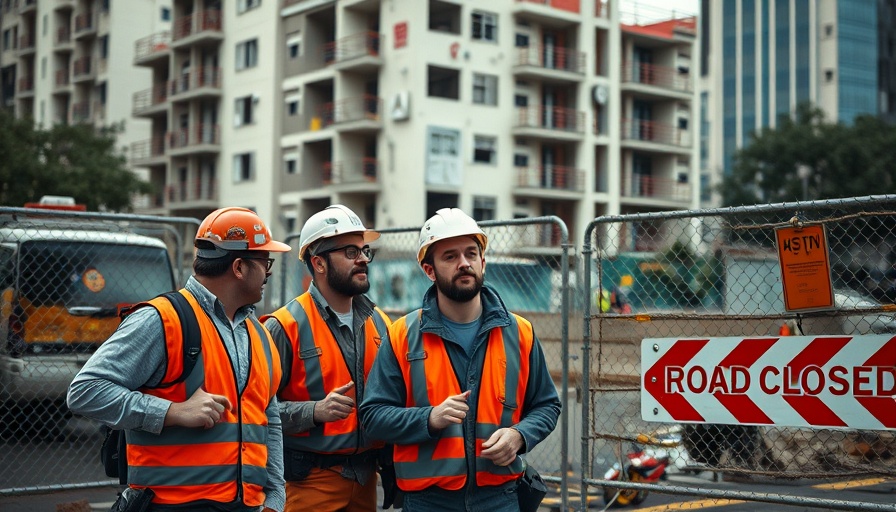
The Federal Reserve's Renovation: A Point of Contention
In the backdrop of a rapidly evolving economic landscape, a senior official from the White House has raised eyebrows with pointed critiques of the Federal Reserve's recently announced $2.5 billion office renovation project. This bold financial undertaking has ignited a debate that encapsulates broader concerns about government spending and priorities at a time when federal funds could be deployed in a myriad of pressing areas.
Historical Context of the Federal Reserve's Operations
Established in 1913, the Federal Reserve has functioned as the central bank of the United States with the primary responsibility to manage the nation’s monetary policy. Over the years, the Fed has evolved in response to economic challenges, including financial crises and the ever-changing needs of a dynamic economy. However, criticisms such as the current scrutiny regarding excessive spending on physical infrastructure hint at a dichotomy between the Fed's operational necessities and public expectations of fiscal prudence.
Public Sentiment and Economic Implications
The critique from the White House stems not just from a political viewpoint but reflects significant public sentiment towards government spending. Many citizens, especially small business owners and everyday workers struggling amidst inflationary pressures, are questioning the rationale behind extravagant renovations while essential services and relief programs face budget restrictions. As investments in commercial real estate rise, this project raises critical questions about the Fed's priorities, prompting public demands for transparency.
Comparative Analysis of Other Major Federal Expenditures
Drawing comparisons to other federal expenditures, the Fed's renovation appears out of touch with the financial needs of vulnerable sectors. For instance, considerable portions of the national budget are historically allocated to healthcare and education, essential areas tackling issues such as unemployment, housing, and access to quality services. This renovation could be seen as a misallocation of funds at a time when these sectors are more in need of support.
The Ripple Effect: Business and Investment Considerations
As this situation unfolds, it presents an interesting dichotomy for the business community, particularly startups in the Bay Area. How will decisions like the Fed's renovation impact the overall investment climate? Many investors look for signs of government responsibility and sustainability; they seek confidence that funds are being used effectively to create thriving business ecosystems. In the world of Silicon Valley startups, where venture capital funding is intrinsically linked to governmental perception, the need for strategic investments is more pressing than ever.
Future Predictions: The Role of the Federal Reserve
Going forward, the Federal Reserve's decision to allocate such substantial funds into physical renovations could raise alarms about its commitment to agile economic management. As traditional business practices evolve toward more sustainable and digitally focused frameworks, will the Fed pivot to prioritize innovation in its financial strategies? As business trends indicate, a focus on sustainability can lead to growth. The prospect of aligning private-sector sustainability goals with public sector accountability could redefine future interactions.
Conclusion: A Call for Dialogue and Transparency
The conversation surrounding the Fed's $2.5 billion renovation project emphasizes a broader necessity for dialogue about government spending priorities and transparency. Given economic forecasts of potential disruptions and shifting consumer behavior trends, it is imperative that stakeholders—from regulators to entrepreneurs—engage in discussions that prioritize impactful investments in today’s economy. Engaging with these narratives allows businesses and the public to better navigate the current economic landscape and pursue informed actions.
In order to foster a healthier business environment in the Bay Area and beyond, looking into corporate social responsibility, sustainability initiatives, and a commitment to community welfare can lead to more equitable outcomes. Transparency from the Federal Reserve regarding its spending can serve as a beacon for responsible governance, inviting collaboration and support from the populace.
 Add Row
Add Row  Add
Add 



Write A Comment